SEE MONSTER, a decommissioned North Sea offshore platform serving as a public art installation, was open for eight weeks in 2022, in Weston-super-Mare, UK. The project 's goal was “inspire conversations about reuse, renewables, and the great British weather”. It was led by the Leeds-based creative studio Newsubstance.
In December 2022, SEE MONSTER won first place in the Inclusion category at blooloop's Innovation Awards. It also won first place in the Blue Sky category. During the Festival of Innovation 2022, a panel of experts from Newsubstance were joined by a leading accessibility consultant to talk about how they worked to make the SEE MONSTER experience as inclusive and accessible as possible.
Find out more about the Innovation Awards
HerePaul Crick is head of client services at Newsubstance. He discussed the topic with his colleagues Patrick O'Mahony, creative director and founder and Olly Howitt, creative associate, with insights from Dr Amit Patel, a best-selling author, diversity, equity and inclusion consultant, motivational speaker, and disability rights campaigner.
What is SEE MONSTER?
SEE MONSTER was a collaborative project. The team wanted to explore three core story pillars; looking at the concept of reusing structures, looking at renewable technologies, and looking at British weather.
"The British weather is part of our cultural identity, part of who we are," said O'Mahony. "It's part of being British, we always complain about it, we always worry about it. That aspect rooted our project in Weston-super-mare. Where better than the great British seaside to talk about the great British weather? "
"So, we had these three stories, and the rig came later. We worked with a big group of collaborators, from the British Antarctic Survey to kinetic sculptors and videographers, to space scientists. We started this conversation about these three topics, and then we needed a platform for that conversation. And we discovered these rigs that exist all around the world as part of the decommissioning cycle.
"No one had cracked the code of how to reuse one, to reuse it for arts and culture like this, and to bring it onshore as well. So at this point, we had an amazing opportunity. We had these stories, we had this amazing group of people. Then we found out that we could be the first people in the world ever to take a structure like this and do something new."
Thinking about SEE MONSTER's accessibility from the start
The key challenge was to take something which is inherently very inaccessible and repurpose it for a new life. Accessibility was a core consideration right from the start, as Dr Patel explained:
"Inclusion means not forgetting anybody. My first thought was that an oil rig isn't accessible; it's never meant to be accessible. But wouldn't it be a shame if we missed out on the 14 million plus disabled people in the UK who would never have the opportunity to experience this unique project?
"This was something new. There's no blueprint. But could we make it accessible? And the conversations we had right from the beginning were, 'Of course we can, why can't we?'
"The fact that we had this conversation right at the beginning meant we were all on the same page."
This approach, he added, was different to what he'd experienced before in the attractions industry:
"Usually [inclusion and accessibility] are afterthoughts and I'm the bad guy who comes into an organization at the end to say: 'You can't do it this way. You have to change it.' And then I'm confronted with: 'We have no budget, we never planned to do it this way. We can't do it this way. Oh, actually, don't worry about it. We'll leave it.' And that's when you're excluding people.
"When an attraction isn't inclusive and isn't accessible, it is just an attraction for a few people, not for everybody."
Making information inclusive
Before the structure even began coming together, Dr Patel says one of the first things that the team needed to do was make sure that information about the project was, in itself, accessible.
"For instance, we had to make sure that the website was compatible with screen readers, and that you can change the font so that they're easy enough to read. If you're able to give people the information, then they're getting excited with you."
"Then, when it came to the actual SEE MONSTER itself, everybody had an idea of what it should be. It was important to make sure that we had things like the ramps and the seating and the textiles and the handrails included in the structure, without looking like we'd added things on. It had to look like it just came out of the North Sea."
"I think the art of making things inclusive is when you don't see it or when other people don't recognise it."
In addition, all the staff and volunteers were given disability awareness training:
"They all understood the fact that not every disabled person is the same and how to assist and when. To us, it's all of these little things, all these tiny little wins. They add up to something huge and make the experience of visiting SEE MONSTER flawless. It doesn't matter what ability or disability you have. We made sure that you were going to walk away with a big smile on your face and experience something you'd never experienced before."
A cohesive visitor experience
Talking about the creative process of making the SEE MONSTER vision a reality, and ensuring that accessibility and inclusivity were top of mind, O'Mahony said:
"In terms of that holistic journey, it's always important to realise that yes, there are the necessities in terms of the ramp access and the tactile aspects and those kinds of must-haves. But it was also important to think about the customer journey and the full experience."
"We were always really conscious that SEE MONSTER had to have a personality. It had to have that sense of being alive, being awake within the world. For instance, we always talked about the waterfall being the roar of the monster. The first thing you see and the first thing you hear is the waterfall. That has a really strong audio signature, and it really sets the tone. It has that sense of personality that we always wanted for the monster.
"But also then as you get closer to it, you feel that wonderful drift. It's that superfine drift which gets you soaking wet and all the kids are in there getting drenched."
Multi-sensory moments
This exemplifies the environmental design that the team wanted to achieve from the beginning:
"We hit people as we go through the structure with different moments, triggering different senses to make sure that experience is full and rounded for everyone," continued O'Mahony. "From the waterfall, with that big roar and that sense of the water, you then ascend to the cellar deck where we had the Cloud Portal."
"This was a really lovely and simple installation, all based around the great British weather, the sense of the clouds. We love the sense of the playfulness of the great British cloud and how it can change our weather. We had a big ten-metre core ten ring, which every 5 minutes created clouds within the space. So we had 20 high-powered misters, again creating that sense of dampness, that sense of wetness within the space, that sense of running through a cloud.
"We had the audio signature of the system working, those clouds being generated. And then you could actually feel it as well. Depending on where you are on that deck, the cloud kind of forms around you. Again, it's a playful piece. The whole point of SEE MONSTER was to create that sense of joy, in terms of the installations, and to put a smile on people's faces. It was really key throughout the whole project that we always hit those moments and hit them for everyone."
SEE MONSTER's Garden Lab
Visitors then moved up to the Garden Lab:
"As you come up from the cellar, you come round on a huge walkway. The journey moves you around the structure, passing the kinetic scales which were like the scales of our monster. They have a beautiful sense of movement around it, but also an incredible audio signature, almost like little tinkling wind chimes."
The Garden Lab was where the team wanted to really emphasise the structure's rehabilitation, and its transformation into something new said O'Mahony:
"It's the polar opposite of a rusty industrial rig site in the North Sea. It had a wild garden growing across the entire top of it, and we had sculptures by Ivan Black. We had experiments in renewable technology with the Solar Tree, and we had the WindNest from Trevor Lee. And again, they all have those moments. You can hear the kinetics turn, you can hear the turbines spinning.
"It brings that sense of peace with the sea monster. The higher you went up through it, the calmer the actual structure got. Which seemed weird because by then you were 35 meters in the air and you thought you'd be blown off your feet."
A sense of theatre
Finally, guests made their way up to the Helideck, the highest point on the sculpture.
"We thought that would be the wildest point where the wind would be ripping through the structure. But in effect, it was more of a moment of contemplation. You'd gone through all of it. We had the amphitheatre up there, where you could sit down and there were performances programmed."
"For me, it's not always thinking about accessible design in terms of the process we need to go through in order to make it accessible. Whilst that is important, and whilst we went through a huge process with it to make sure we got that piece right, it's making sure the actual experience works cohesively, the sense of theatre where all the senses are triggered throughout that process.
"That's what makes something magic, when you can feel the rain and the wind, when you can smell the garden, when you hit all those trigger points."
Experiencing SEE MONSTER together
"It was very much a multisensory experience," agreed Crick. It wasn't just the fact that we had a lift in there, that we had an accessible ramp and all those other features. It's actually the essence of the experience itself that we were focussed on. As Amit said, it's not seeing these things as add-ons. It's having that awareness in the design piece from the beginning to make it part of the design."
Having visitors share the experience was also important, said Dr Patel:
"Everybody's taking the journey together. If one of the members of your family or your group is disabled, you're still taking the journey together. You've got the option of the lift if you want to, but you're all experiencing different things as you're taking this journey. You're with the masses, you're with everybody, and you are doing it at your own pace.
"I think that was the key to our success. You're not segregated, you are with everybody and you're part of that community. You're part of the structure, you're part of what we're talking about, what we're trying to deliver, as opposed to seeing it from the sidelines."
A virtual & audio tour
Howitt added that this inclusivity also stretched to the people who were unable to visit SEE MONSTER in person:
"We wanted to make sure that no one was left behind and that everyone could be part of the experience. It was important that people who couldn't actually physically visit the structure also got something out of it. We wanted them to have a similar experience and to benefit from this crazy project that we all embarked on."
One of the aspects of this was the virtual tour:
"We had a completely 3D mapped virtual space where you could go in and it was all audio described. The legacy of that piece is that that still exists, and that will still exist for the next year or years to come.
"It's somewhere where people from all over the world can see and experience the whole of the platform. They can click on all of the different icons to hear about the waterfall, to hear about the WindNest and all those renewable technologies, or learn about the Helideck. So, you really got a feel for that experience, whether or not you could physically visit the structure.
The SEE MONSTER team
Crick also touched on the importance of the front-of-house team:
"The team that we put in place to engage with the public were really good, from the security guards on the door to the dedicated hosts. We went through a really nice process with them early on to ensure that they were fully engaged with that kind of accessibility and inclusion and making sure that everybody, whether they were disabled or not, was able to get what they wanted out of the experience."
"We were keen not to have lots of signage, lots of screens or anything else like that," added O'Mahony. "The structure just didn't lend itself to that. It felt inherently physical, but what we needed was advocates, from security through to stewards, through to hosts. And everyone was trained in that process, engaged in that process and really believed in the project."
"That elevated the people who are involved in the day-to-day operations, giving them ownership over SEE MONSTER. In effect, we handed it over. It was ours for one and a half years in terms of the design process. We then handed it over to the host and the operational team to look after it and advocate for us and develop that whole project in the live sense.
"Giving people that ownership and investing in those people, instead of just relying on signage and conventional kind of processes, is also really key because it enhances that whole experience."
Key challenges
Coming from a creative perspective, what were some of the key challenges in making SEE MONSTER fully inclusive and accessible?
"It was always going to pose challenges," explained Howitt. "It's gone from its sole purpose, essentially being in the North Sea for 30 years or so for a specific set of people to live on without necessarily having different requirements for accessibility, to a new type of public access.
"As the others have said, bringing it in so early on was really key for us, to make sure that the design of the accessibility within the structure was integral to the design."
"So, whilst it was challenging in the sense of reusing it for a different purpose, I think the fact that we had accessibility and inclusion so integral to the design meant that the whole offering of SEE MONSTER and what it meant was accessible from the outset, which made it a lot less challenging than if we had designed it and then tried to retrofit in accessibility and inclusion as an afterthought."
Dr Patel added:
"We had a dynamic team working on SEE MONSTER, and a lot of it was trial and error. We made things adapt and we had to think outside the box. That's where a lot of people find it challenging when you have to think outside the box. People want a blueprint. They want to look in the manual. But if you're prepared to think slightly outside the box and have that conversation right from the beginning, you can make it all fit."
Legacy aspects
Some of the aspects that the team introduced will remain behind as a legacy. This adds to the accessibility of the town.
"For instance, there are some people who need hoists to use the toilet facilities," said Dr Patel. "Weston-super-Mare, I believe, had one in the town centre and nothing near SEE MONSTER. When I first started with this project, I was getting calls from families saying, 'This will be lovely, but it's a shame there's no hoist.'"
"Talking with the team about this, Nikki, right from day one, had a goal to make sure we had a changing facility in place right next door. And she did that before anything else happened, she knew how important it was. The changing facilities are still there in Weston-super-Mare. This now means that families who need that facility can go and visit the seafront and know that the facilities are there for them."
Accessible tech
Dr Patel continued:
"Olly also arranged to have RoomMates, which is a device that visually impaired people like me can use. For instance, when I go into a public restroom, the last thing I want to do is touch the walls. But I don't know what the layout is. So, I tend not to eat or drink, and you find lots of visually impaired people will do exactly the same because they don't want to use the facilities.
"A RoomMate is a device that describes the layout of that facility for you, from the moment you lock the door, how you lock the door, and where everything is. It means you can navigate without having to touch your way around."
Find out more about the Innovation Awards
Here"We've left a couple of those in Weston-super-Mare as well. It's small things that we've left, but we are making it more of an accessible town from what it used to be. That means that people can go and visit and be independent. We all strive to be independent, we all want to do things on the fly and to go and visit new places, but there are barriers. Now, we're slowly taking those barriers away."
SEE MONSTER delights visitors
The team has had some positive feedback from visitors, who have appreciated the efforts made to make SEE MONSTER accessible and inclusive.
"Once I was on the rig and a lady rolled up with her wheelchair and said, 'Excuse me, I know who you are. I've seen you on the website.' And I thought, Oh my gosh, she's going to say something very bad!"
"But what she said was: 'I'm here with my family. I'm in a wheelchair, I've got two young boys and I've got my husband here with me. We've spent over an hour here and we've thoroughly enjoyed it. There hasn't been one point where I haven't been able to go and experience something that my kids are experiencing.'
"Everybody I was speaking to walked away with something different. Some people loved the engineering. Some people loved the fact that there was a garden on the middle deck. People loved the art. They loved the fact that it looked raw, like it literally was picked out of the sea and placed there. And that's including all these little tactile and simple things like Braille, the audio description, the things that they looked up on the website and thought it can never be like this, and then turned up and it was even better."
Accessibility should be the standard
Talking about the advice that they would give to others in the industry who really want to embrace inclusion and accessibility, the team all agreed that making it a priority from the start is vital
"You have to have the conversation right at the beginning," said Dr Patel. "If you think about it too late, you forget about the foundations of inclusion and accessibility. But if you have that conversation right from the beginning, it's woven into your design. So, you're talking about accessibility as the standard.
"That's what we need to go towards. I shouldn't be having these conversations about accessibility and inclusion, it should be the standard, not the bare minimum."
"Sometimes it is the small things. You might be really into a piece of art, but you can't get into that exhibition because it's not accessible. We all have passions. We all believe in things, and we all want to be part of that community. But then imagine getting to a venue and having that door shut in front of you and somebody saying, 'Sorry, we can't accommodate you. If we think about everybody, the world is a better place for it."
He added:
"Think about who's coming to see your attraction. Who's your demographic, and who are you trying to get your message across to? And it should be everybody. It can be done, we've proved it. If we can make SEE MONSTER accessible, nobody has got an excuse not to make their attractions accessible."
Charlotte Coates is blooloop's editor. She is from Brighton, UK and previously worked as a librarian. She has a strong interest in arts, culture and information and graduated from the University of Sussex with a degree in English Literature. Charlotte can usually be found either with her head in a book or planning her next travel adventure.


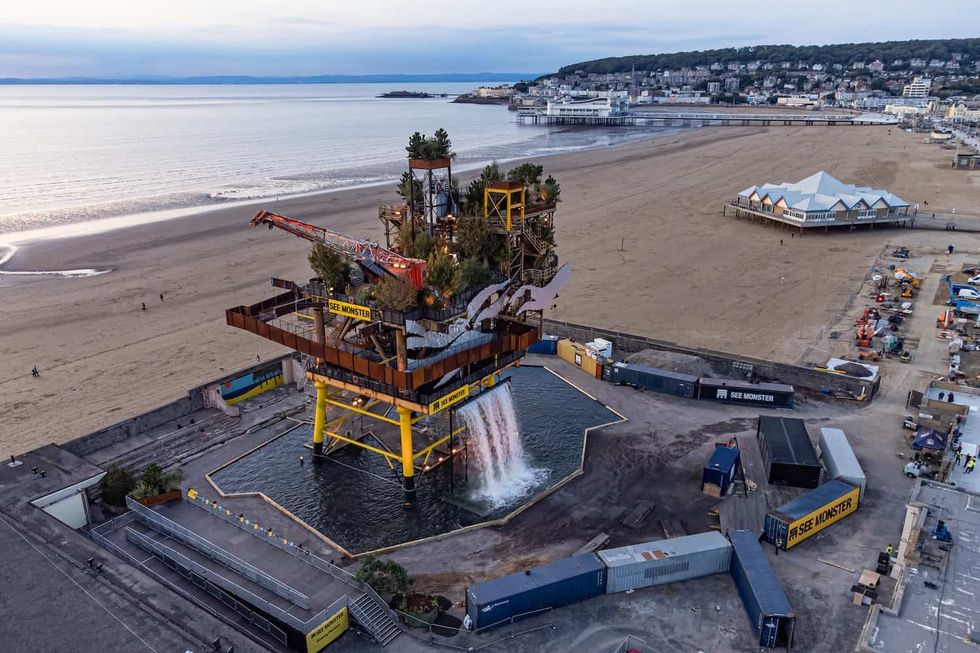
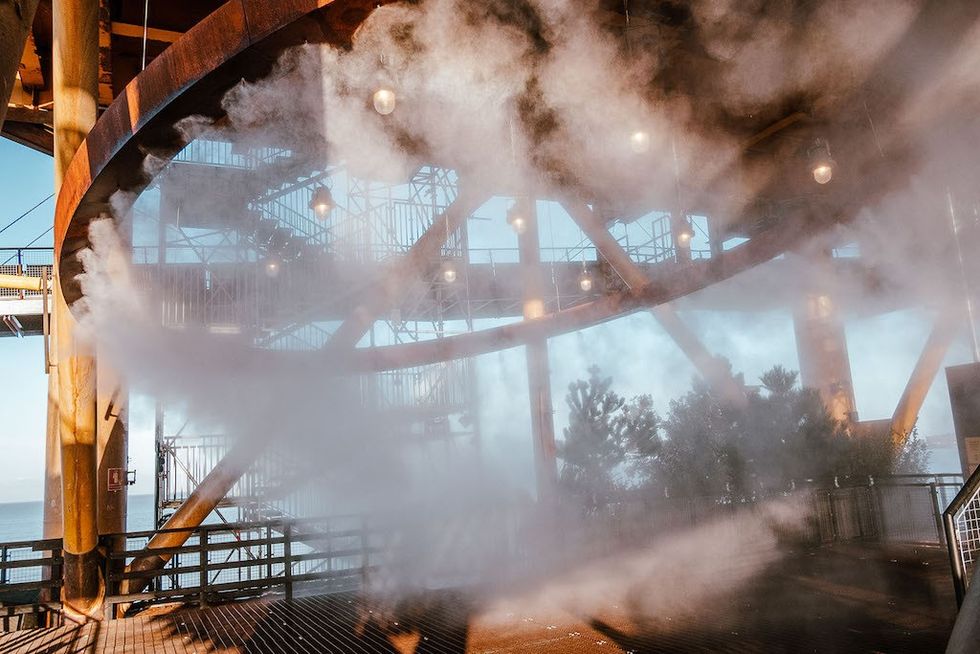
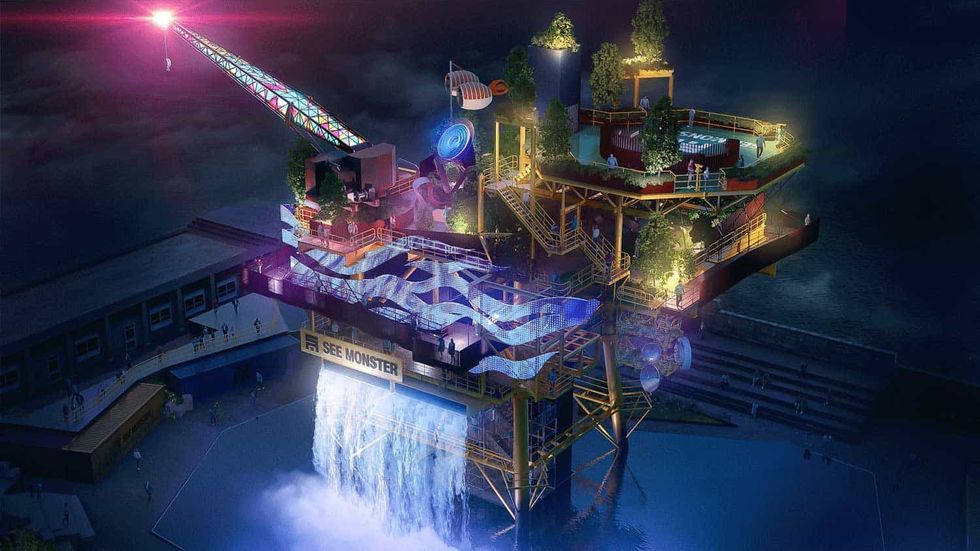
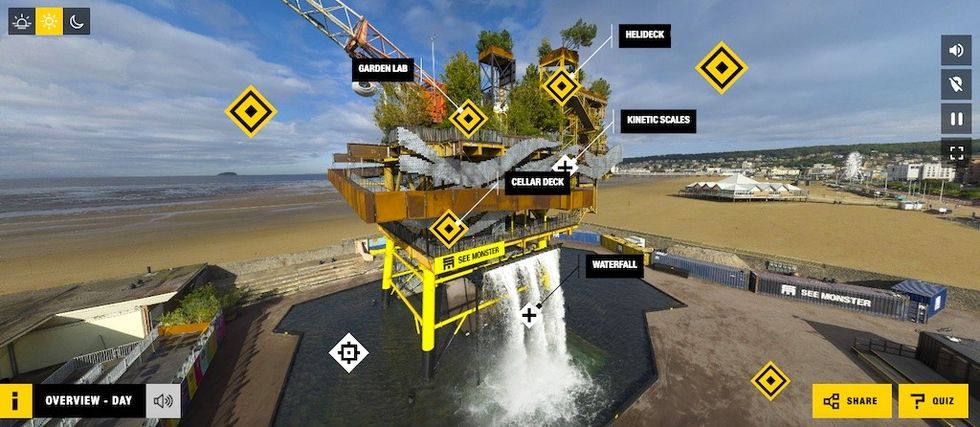
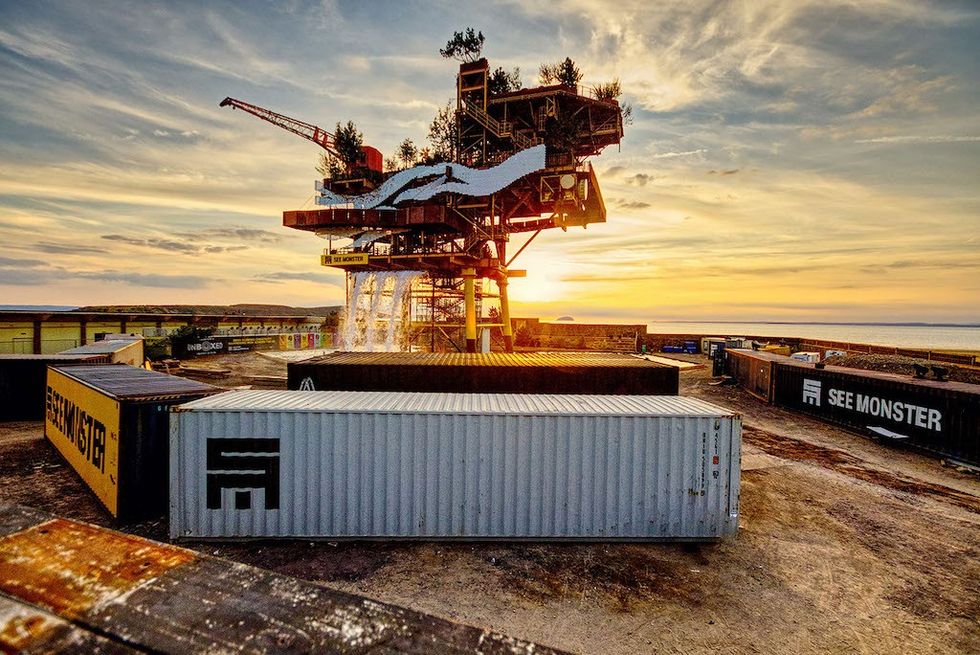
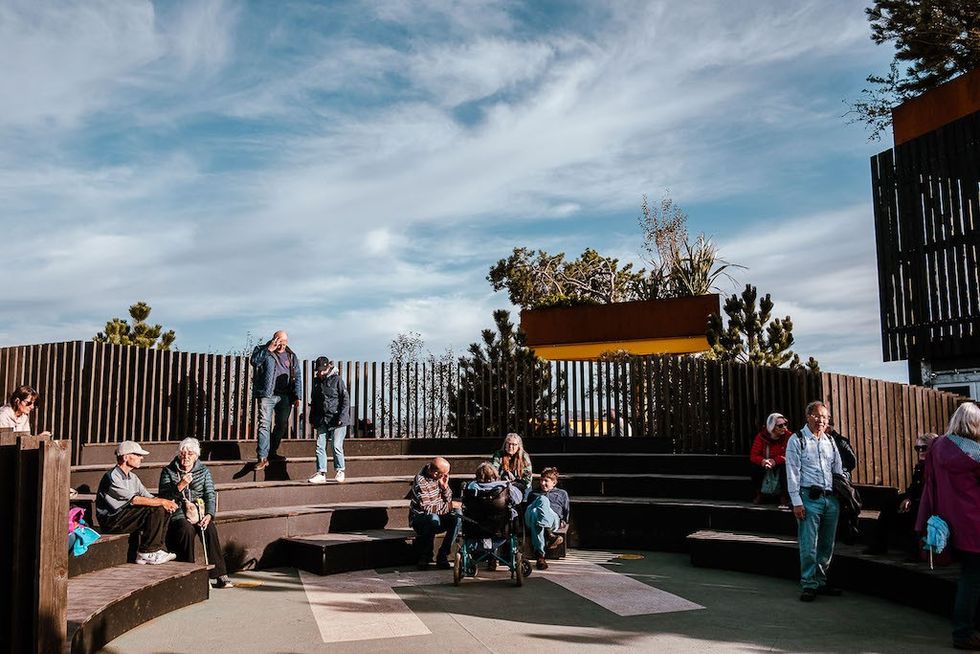
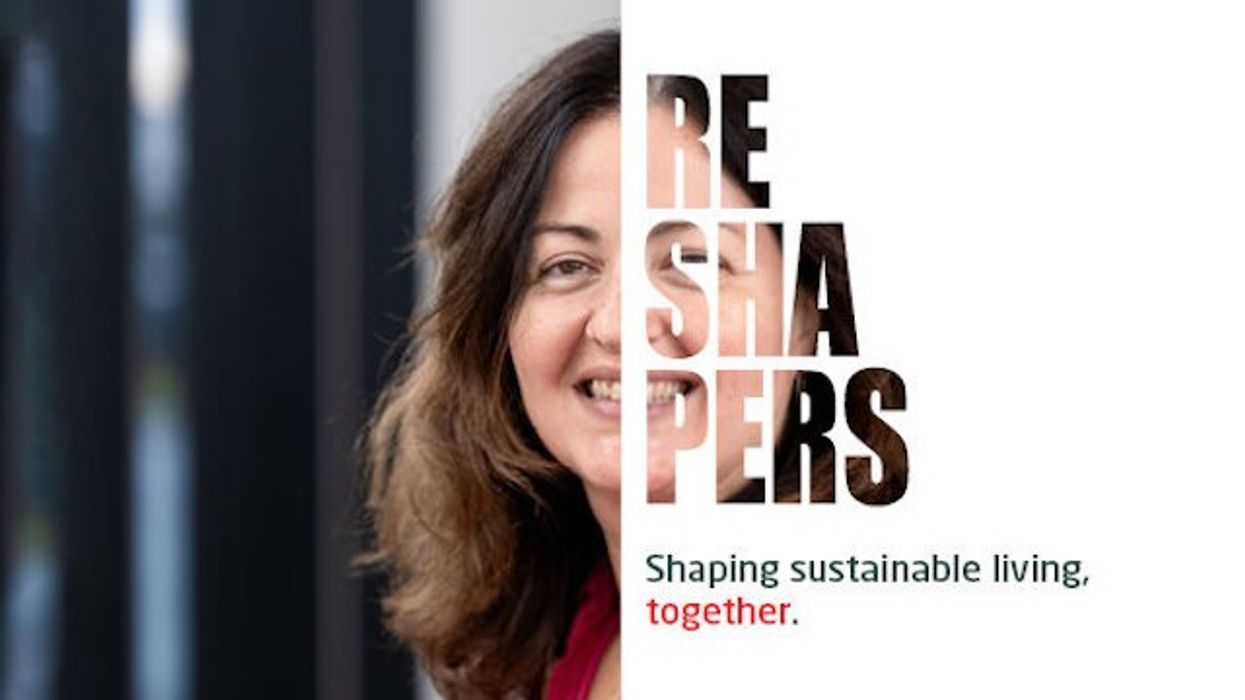
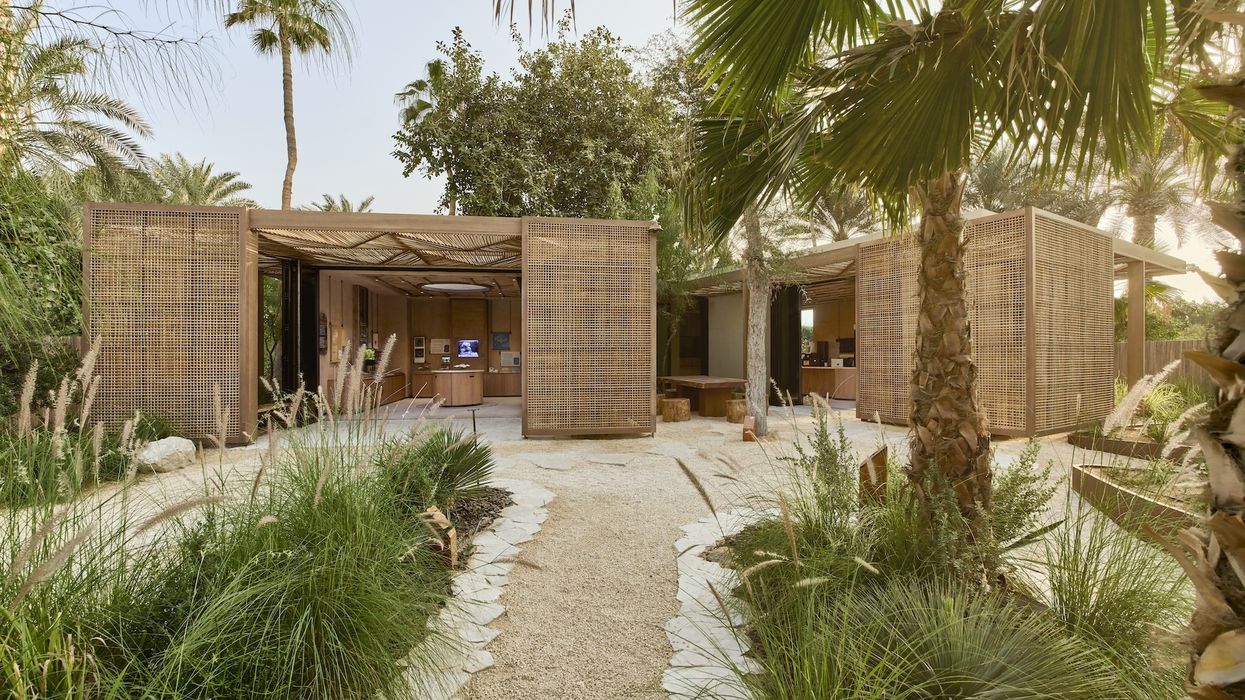

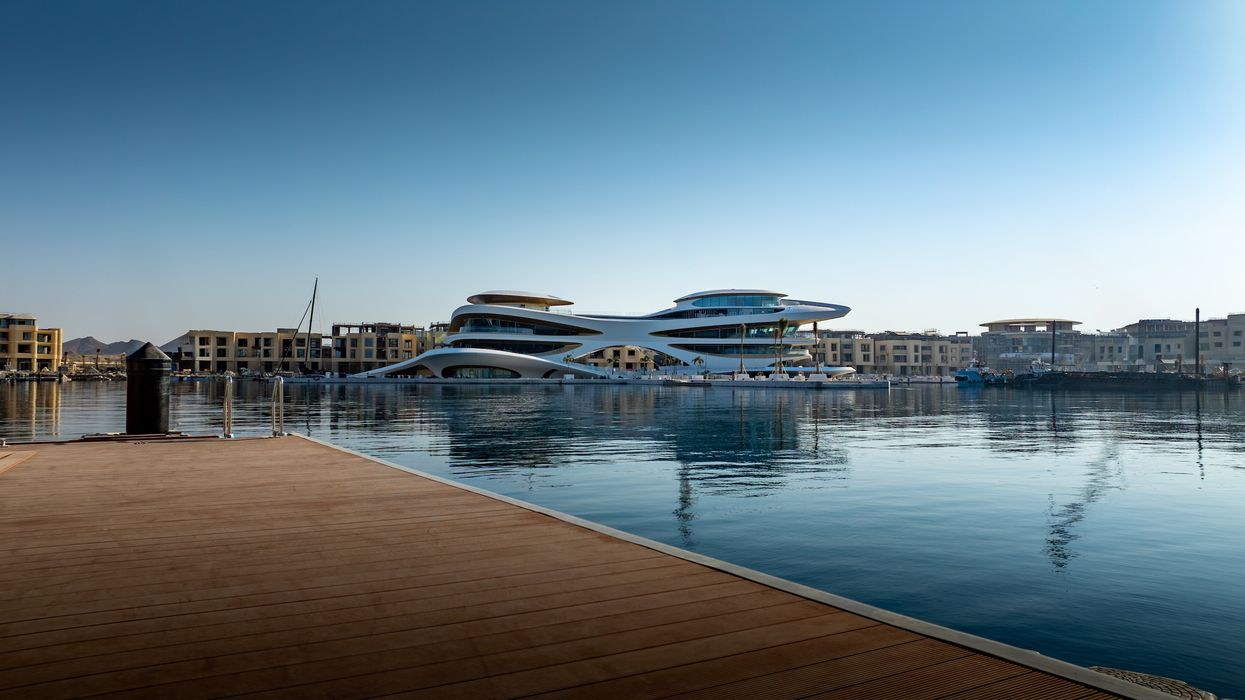

 TM Lim and Adam Wales
TM Lim and Adam Wales







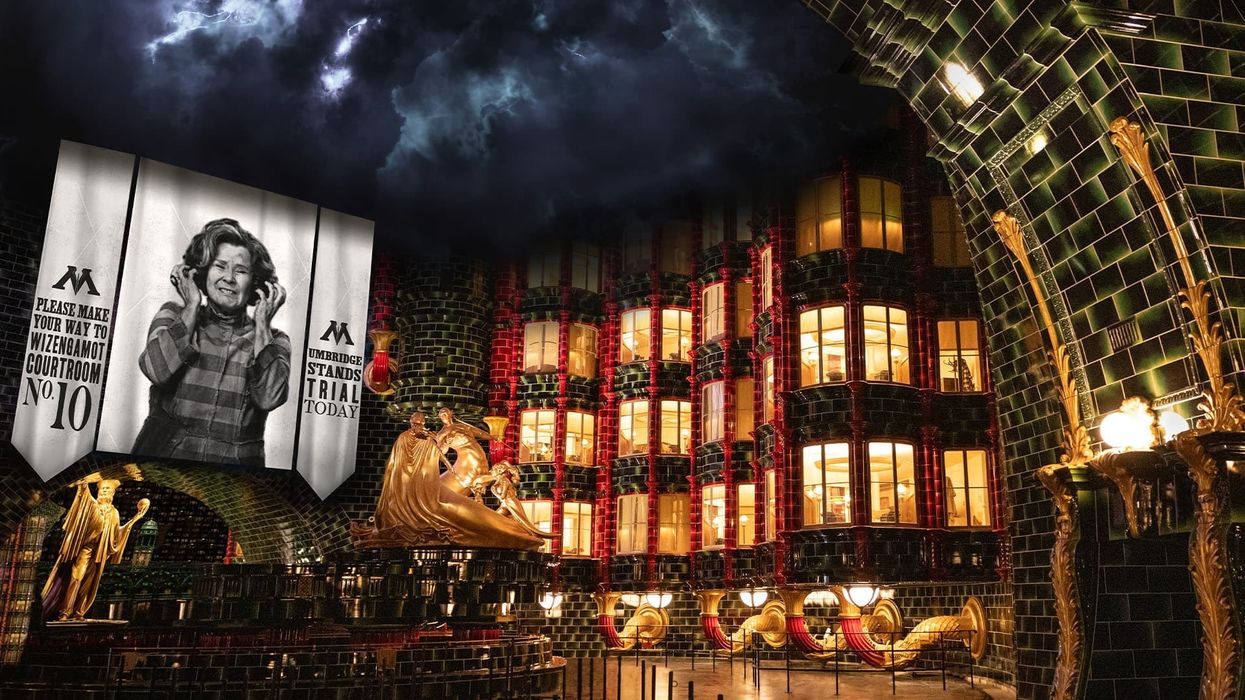

 Toby Harris
Toby Harris Hijingo
Hijingo Flight Club, Washington D.C.
Flight Club, Washington D.C.
 Flight Club Philadelphia
Flight Club Philadelphia Flight Club Philadelphia
Flight Club Philadelphia Bounce
Bounce Hijingo
Hijingo Bounce
Bounce
 Fernando Eiroa
Fernando Eiroa











 Nickelodeon Land at Parque de Atracciones de Madrid
Nickelodeon Land at Parque de Atracciones de Madrid Raging Waters
Raging Waters  Mirabilandia's iSpeed coaster
Mirabilandia's iSpeed coaster Parque de Atracciones de Madrid
Parque de Atracciones de Madrid Ferracci at the ribbon-cutting ceremony for Nickelodeon Land at Mirabilandia, with (left) Marie Marks, senior VP of global experiences for Paramount and (cutting the ribbon) Sabrina Mangina, GM at Mirabilandia
Ferracci at the ribbon-cutting ceremony for Nickelodeon Land at Mirabilandia, with (left) Marie Marks, senior VP of global experiences for Paramount and (cutting the ribbon) Sabrina Mangina, GM at Mirabilandia Tropical Islands OHANA hotel
Tropical Islands OHANA hotel Elephants at Blackpool Zoo
Elephants at Blackpool Zoo  Tusenfryd
Tusenfryd
 Andrew Thomas, Jason Aldous and Rik Athorne
Andrew Thomas, Jason Aldous and Rik Athorne







